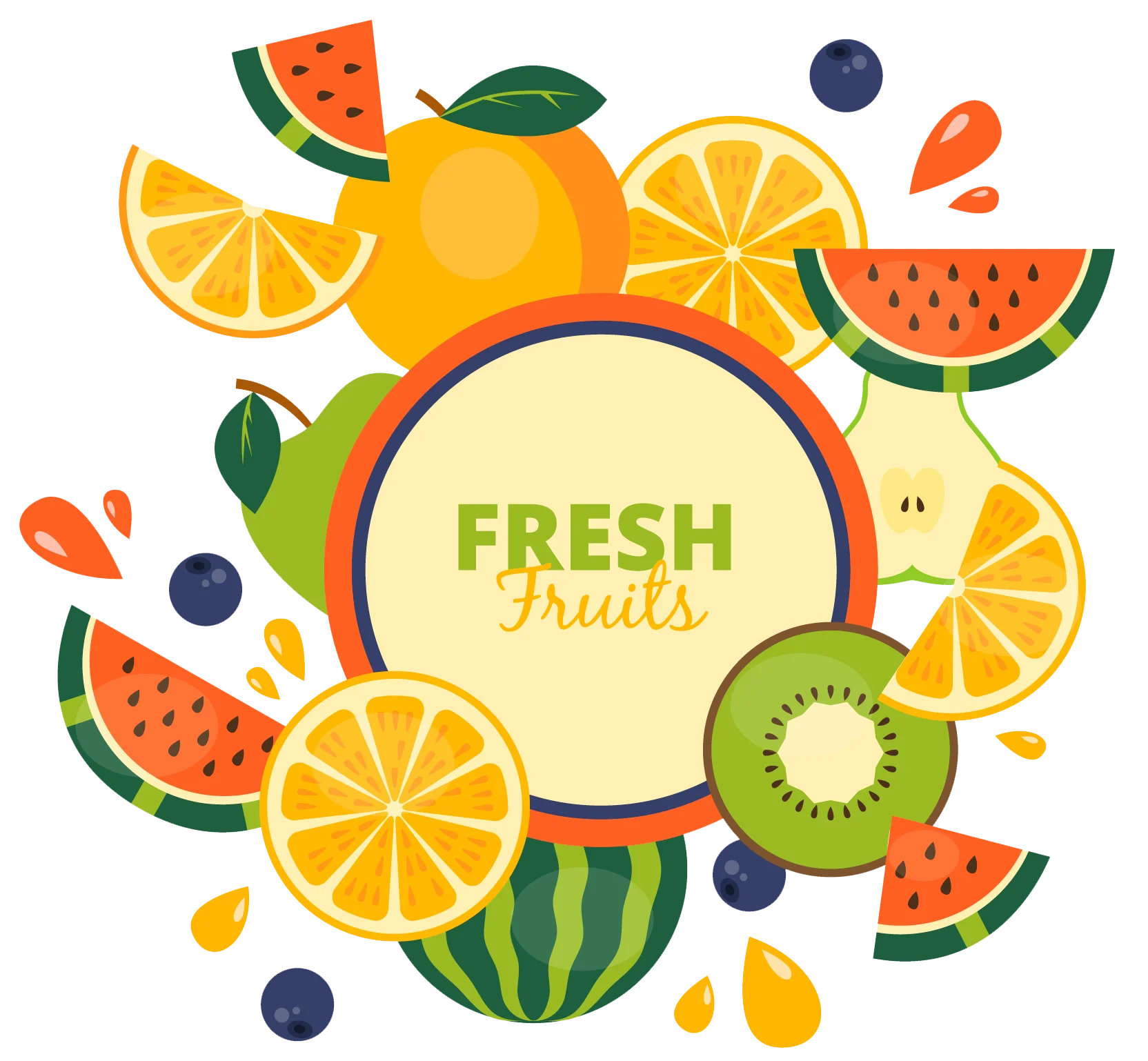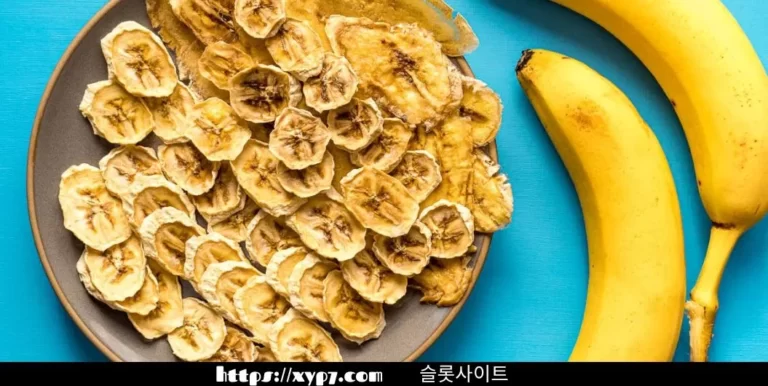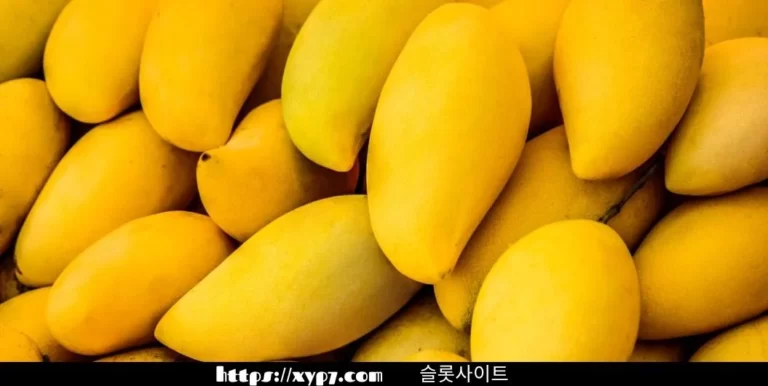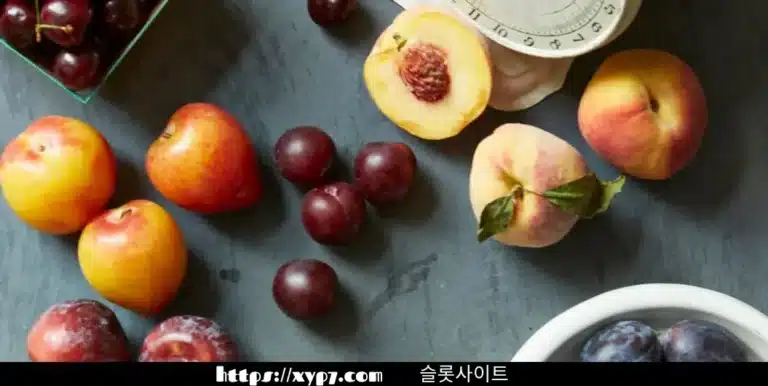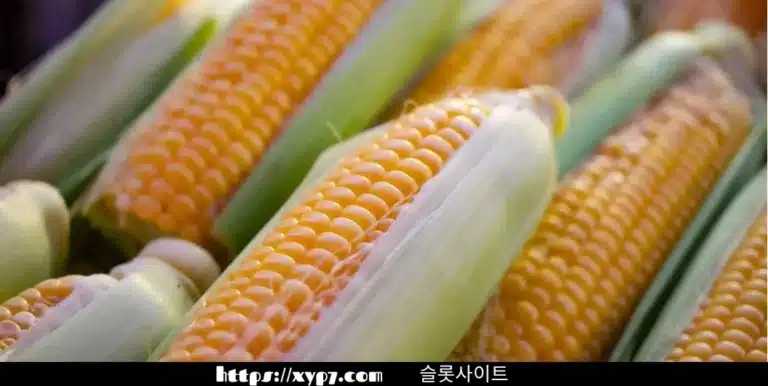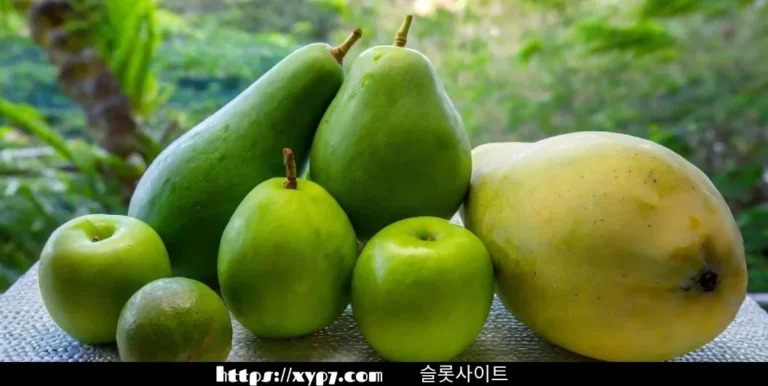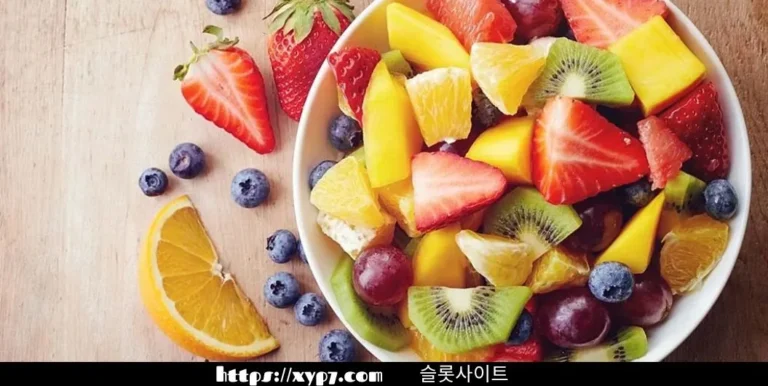Fruits That Have Drastically Changed
Fruits have been integral to human diets since time immemorial, but their journey has been far from static. Through centuries of cultivation, hybridization, and global trade, some fruits have undergone remarkable transformations. From ancient wild varieties to modern cultivars, these fruits have evolved in taste, appearance, also nutritional composition. Let’s delve into the fascinating world of fruits that have drastically changed over 카지노사이트 time.
The Evolution of Flavor: Top 10 Fruits That Have Undergone Drastic Transformations
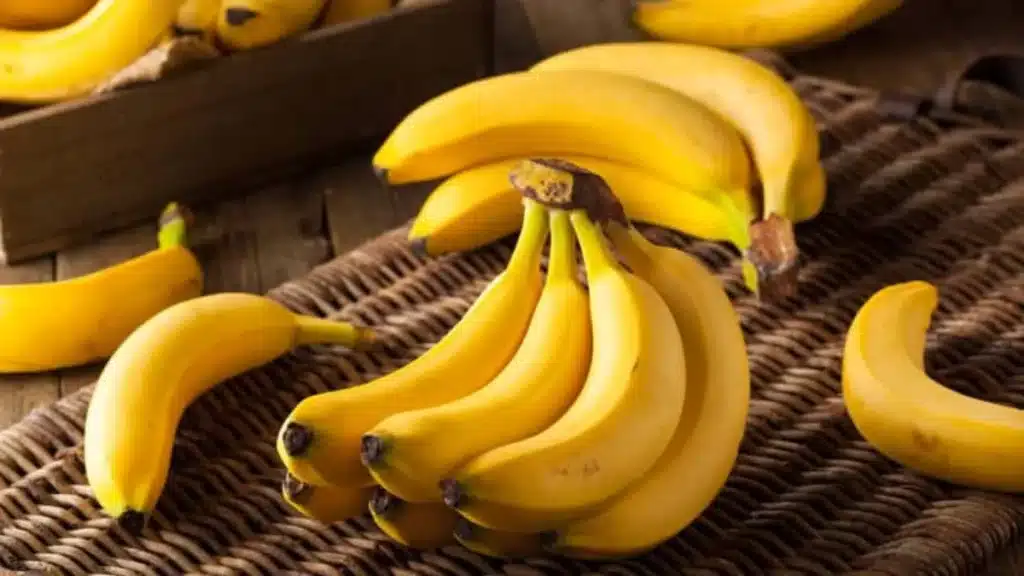
Bananas: A Tale of Domestication
Bananas, once small and seedy, have been domesticated over thousands of years into the familiar yellow fruit we enjoy today. Through selective breeding, bananas have become sweeter, larger, and seedless, catering to modern palates also convenience.
Apples: From Wild to Cultivated
Wild apples were sour and bitter, but through selective breeding, humans have transformed them into an array of sweet and crisp varieties. The journey of apples from crabapples to Honeycrisps showcases human ingenuity in agriculture.
Watermelons: Evolution of Sweetness
Originally cultivated for their water content, watermelons have undergone significant changes, with modern varieties boasting sweeter, juicier flesh also fewer seeds. Selective breeding has led to the development of seedless watermelons, revolutionizing the fruit market.
Strawberries: Enhancing Size and Flavor
Wild strawberries were tiny and tart, but centuries of cultivation have yielded plump, sweet strawberries enjoyed worldwide. Breeding programs focused on enhancing size, flavor, and disease resistance have transformed this fruit into a culinary favorite.
Peaches: From Bitter to Juicy
Ancient peaches were small and sour, but through cultivation, humans have developed larger, juicier varieties with a spectrum of flavors. Selective breeding has also led to the creation of freestone peaches, making them easier to eat and 온라인카지노 process.
Grapes: Diversity in Cultivation
Grapes have a rich history of cultivation dating back thousands of years, resulting in a diverse array of cultivars for wine, table grapes, and raisins. Through selective breeding and hybridization, grapes have evolved in size, flavor profiles, and resistance to pests also diseases.
Oranges: Hybridization and Globalization
Oranges, originally from Southeast Asia, have undergone hybridization and global spread, resulting in a multitude of varieties with varying sweetness, acidity, and seed content. From navel oranges to Valencia oranges, each cultivar has its unique characteristics.
Tomatoes: From Wild to Commercial
Wild tomatoes were small and bitter, but selective breeding has transformed them into the juicy, flavorful fruits we enjoy today. Modern commercial tomatoes prioritize traits like uniformity, shelf life, and disease resistance, leading to changes in taste and texture.
Mangoes: Cultivating Tropical Delights
Mangoes, native to South Asia, have been cultivated for thousands of years, resulting in a wide range of shapes, sizes, and flavors. Selective breeding has led to the development of fiberless varieties with vibrant colors and intense sweetness, appealing to global markets.
Avocados: Rising Superfood
Avocados, once a niche fruit, have surged in popularity due to their nutritional benefits and creamy texture. Cultivation techniques have improved yields and extended the avocado season, making them available year-round in many parts of the world.
Conclusion
The evolution of fruits is a testament to human innovation and adaptation. Through centuries of cultivation, selective breeding, and hybridization, fruits have undergone remarkable transformations in taste, appearance, and nutritional composition. From bananas to avocados, each fruit tells a story of human ingenuity and our ever-evolving relationship with 바카라사이트 nature.
